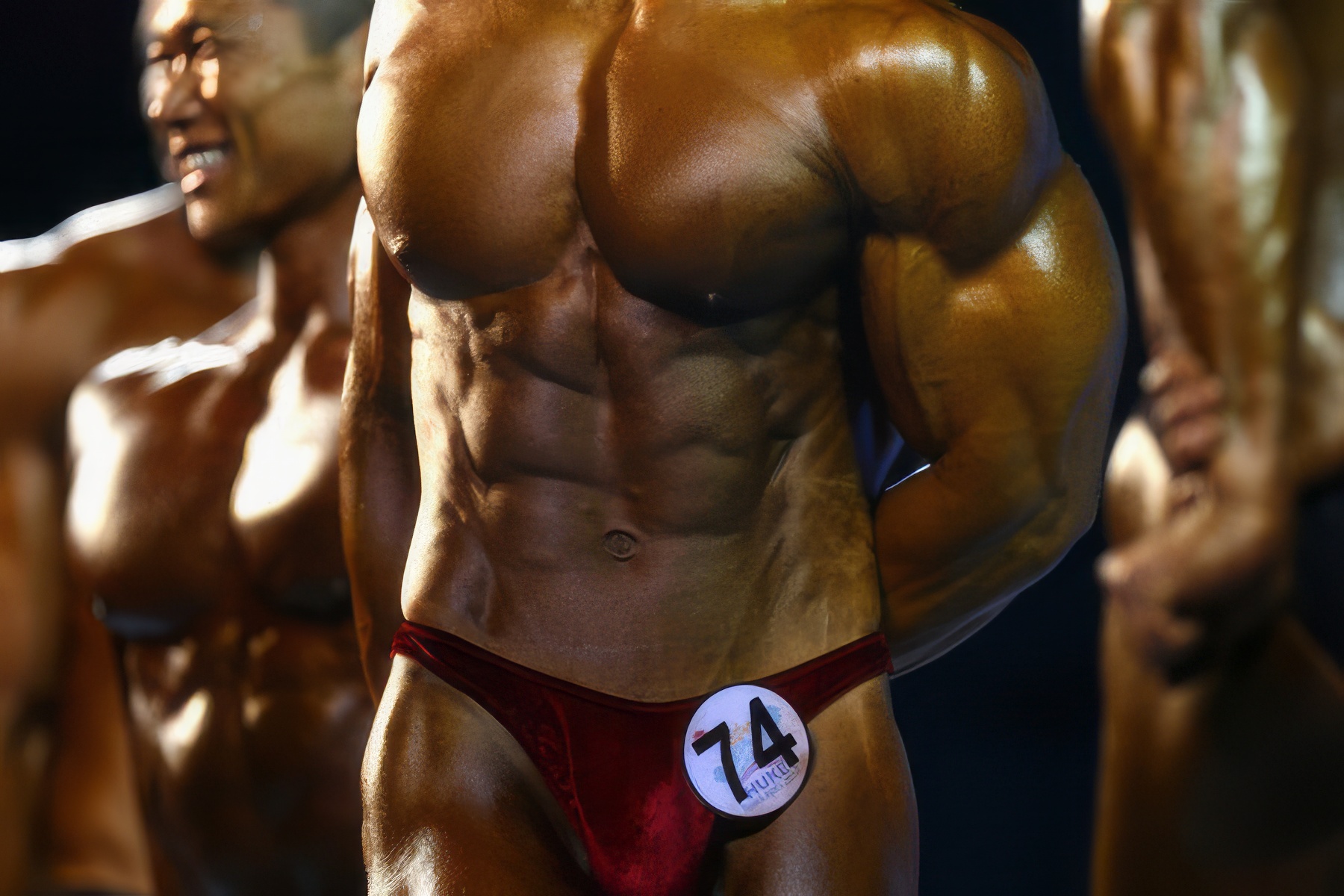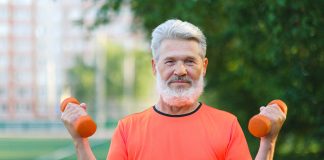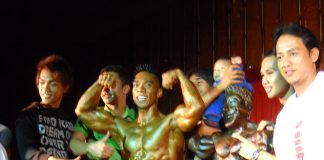Last Updated on November 12, 2023
The term “bodybuilding” was first used in 1881 by Robert Roberts, a member of the staff at the Boston YMCA. He also developed the exercise classes that led to today’s fitness workouts.
It is not so far-fetched then to presume that when the YMCA of the Philippines was founded in 1898, bodybuilding was introduced to Filipinos at about the same time.
In the 1900’s Filipino bodybuilders found their way into show business as leading men or strong “character” actors. They were also favorite consorts for carnival and sorority queens from the 1920’s onwards and escorts for beauty contestants from the 1950’s to the present.
THE FOUNDING YEARS
Organized bodybuilding saw its inception in 1951 when the first nationwide Mr. Philippines was launched by a leading manufacturer of rubber shoes in the Philippines. In 1955 the Philippines Weightlifting & Physical Culture Assn. (PWPCA) formally took over the holding of the national championships, the Mr. Philippines competitions. The PWPCA was later absorbed by the Philippines Weightlifting & Bodybuilding Assn. (PWABA).
INTERNATIONAL RECOGNITION
In 1959 the Asian Bodybuilding Federation (ABBF) was established. The organization today comprises the union of 40 national federations governing the sport for both men and women, on the basis of one federation/association per country.
In 1964 the PWABA affiliated with the Asian Bodybuilding Federation (ABBF). In 1968 the PWABA split into two organizations – one for bodybuilding and the other for weightlifting. Its name was consequently changed to the Physique Culture Assn. of the Philippines (PCAP).
In 1970 the ABBF affiliated to the International Federation of Bodybuilders (IFBB) whose most renowned athlete, member and official is the former Governor of California Arnold Schwarzenegger.
In 1979 IFBB Philippines took over from the PCAP, and in 1985 the Philippines Bodybuilding Federation (PBBF) replaced the IFBB Philippines. In 1986 women’s bodybuilding and mixed pairs competitions came into reality.
THE FIRST GOLDS
It was also during this time that Philippine bodybuilding ruled the sport in Asia. Bontoc-based middleweight Simeon “Sammy” Ayochok captured the gold in consecutive Asian Bodybuilding Championships in 1986 in Taipei, and in 1987 in Malacca, and clinched it again at the 1987 SEAGAMES Jakarta, this time in the light heavyweight division.
In 1989 the PBBF was taken over by the Philippines Bodybuilding Sports Federation (PBSF). In the 1991 SEAGAMES Manila welterweight Renato Dio delivered the gold for the country.
THE MILLENIUM YEARS
After 49 years of organized bodybuilding with six name-changes, the Philippine Federation of Bodybuilders Inc. (PFBB) assumed responsibility for the sport in the year 2000 and remained the controlling organization for the sport until 2009. As the official National Sports Association (NSA) for bodybuilding and fitness for nine years, the longest-running organization tried to professionalize the administration and management of its Team Philippines. The PFBB conducted its nationwide search for its national athletes with a national contest held every year with adherence to the World Anti-Doping Agency (WADA), conducting all its competitions with the mandatory doping test of all their first-place winners.
In the 2005 SEAGAMES Manila bantamweight Michael O. Borenaga and welterweight Alfredo G. Trazona delivered two golds for the country. In 2009 the PFBB lost recognition as NSA from the Philippine Olympic Committee (POC) and financial assistance from the Philippine Sports Commission (PSC) when the International Olympic Committee (IOC) gave its thumbs down to Bodybuilding & Fitness after nine years of probationary recognition. Further, beset by internal politics between the International federation and the Asian continental federation, the PFBB affiliated with the World federation.
In 2013, the PLBF (Philippine League of Bodybuilding and Fitness) took over as the only IFBB affiliated organization in the Philippines for the sport of Bodybuilding & Fitness. Local contests continue to proliferate in towns and regional and national contests are popularly held in Metro Manila and in tourist destinations like Baguio in the north and Boracay in the south. Bodybuilders and Fitness Buffs remain favourite commercial models for health products.
With the advent of the PLBF, it will hold events at the grass roots level thereby assuring that the sport of Bodybuilding & Fitness will be conducted in a professional, dignified and respectable sport as it was originally envisioned. Making sure that the Sport will never falter by standardizing local amateur and professional competitions. Connected with FLEX Magazine, Olympia and Arnolds Sports Festival, the officer and members of the PLBF will lead the Philippine Bodybuilding & Fitness athletes to more greater recognition and a place in the world stage..
FOUNDATION OF ALL SPORTS
With the recent proliferation of world-class gyms in the country and the popularity of bodybuilding and fitness as correlated to health and living well, the sport has nowhere else to go but up. In the 1980’s the late Secretary Carlos P. Romulo was quoted as saying, “Bodybuilding is essential to nation-building”. IFBB co-founder Ben Weider has rightfully claimed “Bodybuilding is the foundation of all sports” for very obvious reasons. Former California Governor Arnold Schwarzenegger, after winning his 7th Mr. Olympia title, proudly declared it as “the best sport in the world.”







